Since 2005, a collaborative, multiyear project has been underway in the Southwest Mediterranean Sea to investigate methods to reduce the incidental capture of sea turtles in longline fishing gear. The joint effort between this international team of researchers from the US (NOAA NMFS) and Spain (KAI Marine - Alnitak) , and fishermen started showing spectacular results in 2008 when a change in baiting of hooks and soaking of hooks at 80 fathoms reduced bycatch rate by over 95% in the fishery targeting swordfish. This fishing fleet composed of nearly 100 boats has been collaborating with researchers and environmentalist since the early 80’s when the bycatch problem was detected with estimates of up 30.000 loggerhead turtles per year. Practically all the turtles caught by this fishery where of the North East Atlantic nesting grounds.
Building from this success story Alnitak and KAI Marine, with the help of USFWS, and under the framework of the Marine Turtle Conservation Act, has since 2010 initiated a program for the capacity development of the entire Spanish longlining fleet, including some 150 long-distance vessels. This capacity building is carried out at two levels. Firstly in port at annual workshops where fishermen and scientists discuss progress made in their fishery in bycatch mitigation, handling and release of sea turtles and electronic reporting of bycatch. Secondly, scientists of KAI work at sea directly on board the fishing vessels, monitoring the implementation of measures and actively involving fishermen in the development and testing of new measures.
This July, Kai Marine scientists and a group of Spanish fishermen and teachers, will join US government scientists on a trip to Florida to see nesting loggerheads and hatchling loggerhead turtles emerge from nests, and meet some of the people and institutions dedicated to the research and conservation of sea turtles on U.S. nesting beaches and waters. The U.S. loggerhead nesting population is one of the two largest loggerhead populations in the world. Hatchlings from this population traverse the Atlantic to reside in Eastern Atlantic waters including the Western Mediterranean where they spend 5-11 years before return to the Western Atlantic as large juveniles where they complete their growth to adults and join the breeding population. This complex life cycle therefore necessitates the collaboration of countries on both sides of the Atlantic as well as fisheries interacting with loggerheads throughout the North Atlantic. The trip is an effort to thank fishermen for their efforts to reduce sea turtle bycatch in longline fishing gear by switching to deep sets and using mackerel bait. This will also provide an opportunity to link resources, such as sea turtles, between the US East Coast and the Mediterranean, and to support positive momentum in the Spanish longlining fleet.
Interestingly, coinciding with this trip, one of the loggerhead turtles tagged by KAI in the Mediterranean in 2012 has recently been caught and retagged by scientists in Florida. “Hermes” was one of the turtles part of a study to better understand the impact of the fishery on the physiology and movements of turtles captured in longlining gear.

















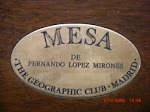
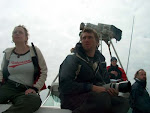

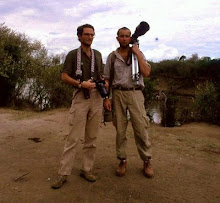







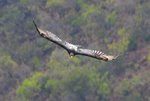







































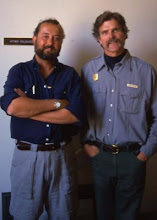


























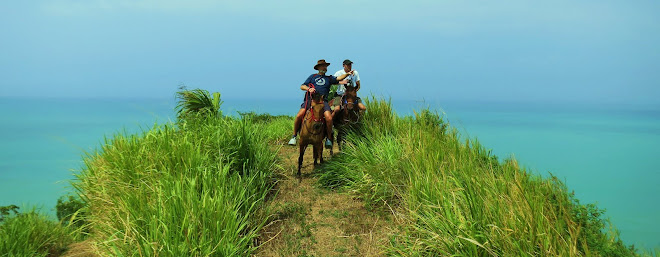





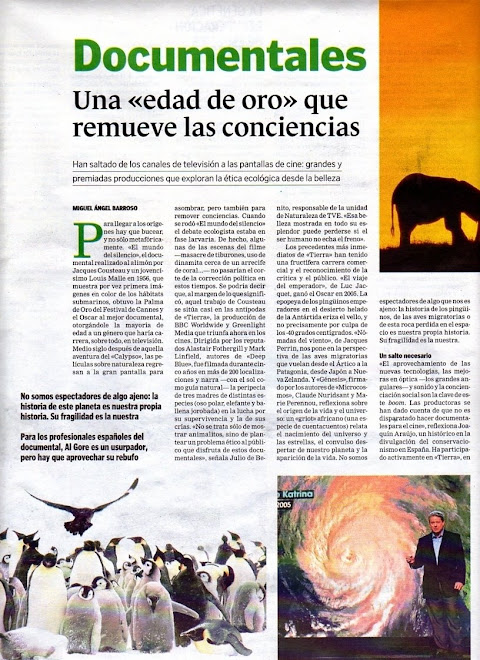








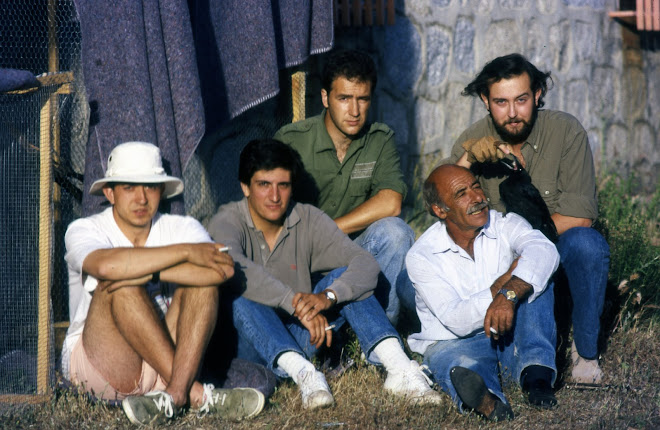



















No hay comentarios:
Publicar un comentario